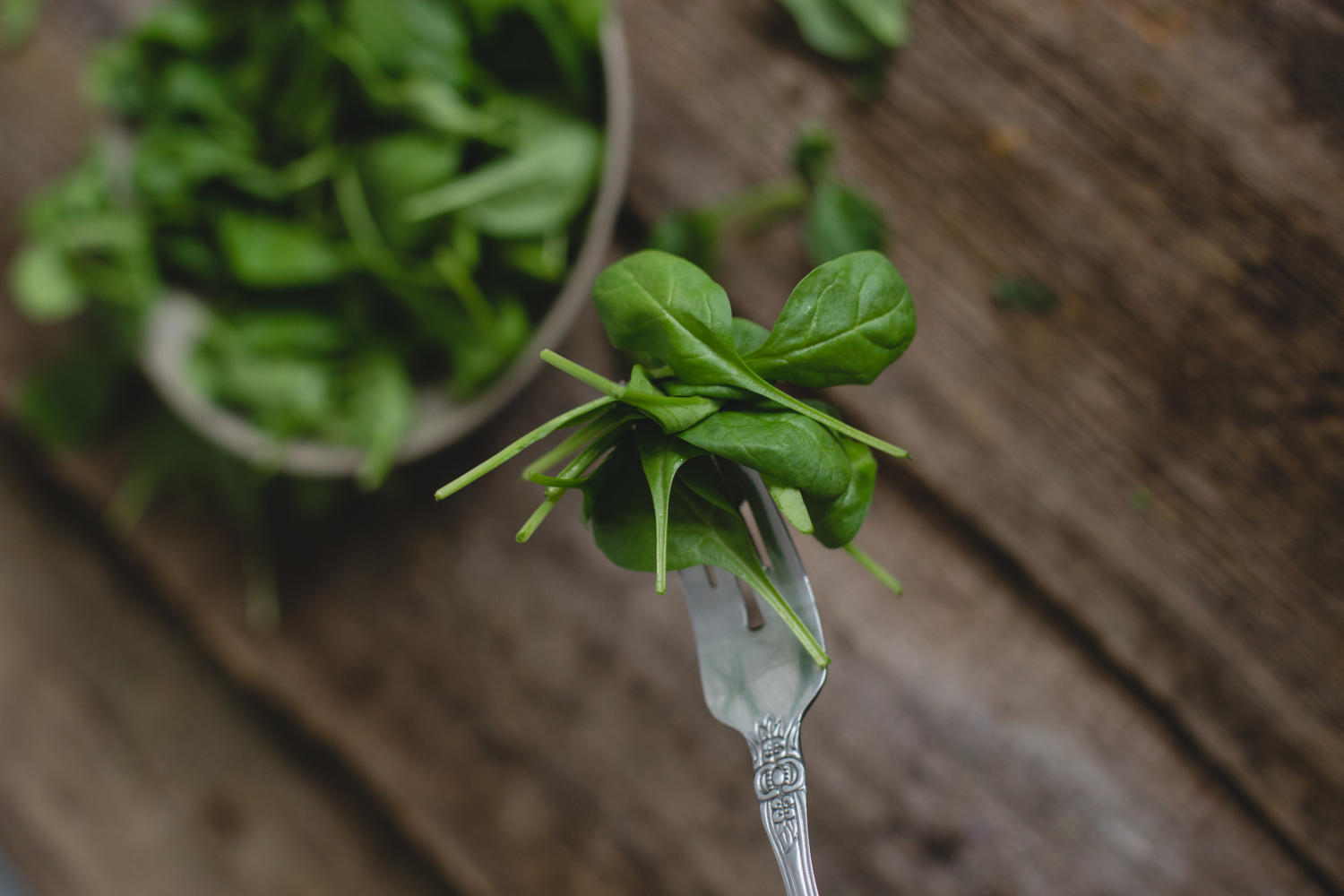
Have you tried to grow spinach and have you been disappointed? You’d think a leafy crop like spinach would be relatively easy to grow. The reality, however, is different. Getting a worthwhile harvest of spinach leaves can be quite difficult. The main reason for this is that through a lot of the year spinach tends to run rapidly to seed or in gardening parlance ‘bolts’, that is, it sends up a towering seed shoot instead of producing good-sized harvestable leaves.
Before looking at the reasons for this bad habit, let’s be clear about which type of spinach we’re talking about. It’s not perpetual spinach or spinach ‘beet’. This is often called ‘spinach’ but is an entirely different plant related to beetroot, chard, and sugar beet. It has the advantage of far greater resistance to bolting, hence the ‘perpetual’ prefix, but is otherwise, at least in my opinion, inferior – the leaves having a stringier midrib, paler colour, and poorer flavour. Real spinach on the other hand (Spinacia oleracea) has leaves with a soft and edible midrib, a darker green colour and, most importantly, a better, less ‘earthy’ taste.
The key to growing spinach successfully is to understand its sensitivity to temperature and day length. Once the former exceeds around 14 hours or the latter tops about 23 Celsius the propensity to bolting is increased. Essentially it’s a short day, cool season crop. Grown when the days are long and the temperature high there’s unlikely to be many leaves to pick as the sprouting of a seed shoot will soon be triggered. Because of this, I only grow spinach for harvesting from October through to May. With the exception of an occasional outdoor planting in late summer for autumn picking, this is done undercover in a greenhouse or polytunnel.
Spinach likes it cool, not very cold. Although it may sit and sulk in the cold and dark of December and January it’ll soon bounce back. Once the days lengthen and the temperature ticks up in late February strong growth will resume.This means that the next couple of months are the peak of the spinach harvest for me. Plants started in the autumn should be in full production in the greenhouse and polytunnels. These were started from seed sown into multi-cell modules (compartmentalised trays) from September onwards. Three to five seeds were sown per cell. The resulting clusters of plants were then transplanted into the greenhouse and polytunnel beds as summer crops finished at 15-20cm spacing. The varieties used were my favourites Amazon and Palco, both readily obtainable from seed companies.
This method of growing spinach in the cooler months works for me and is well worth a try where some undercover space is available. If a greenhouse has no soil beds, pots filled with compost or grow bags used for tomatoes in the summer can still give reasonable results. There are a few other hazards to watch out for. Slugs, or mice if they can get access, may nibble the leaves of the plants when they’re small. It’s also important to take care of the watering. Dousing the plants overhead with water is an invitation to fungal problems. Yet with a little care growing spinach undercover during the cooler months is far easier than struggling with it outdoors in summer.











Add a comment